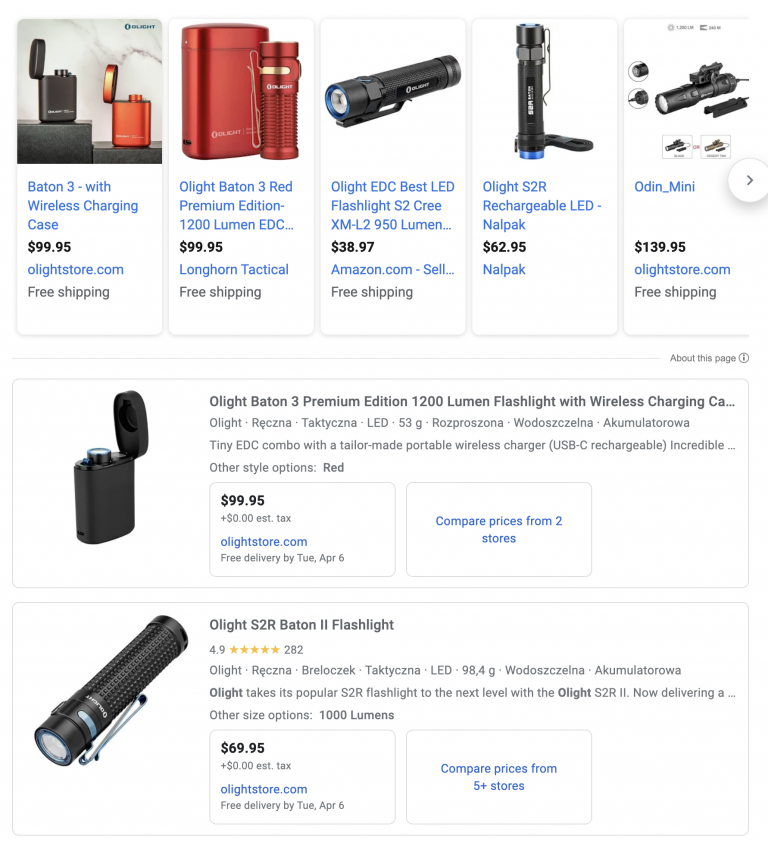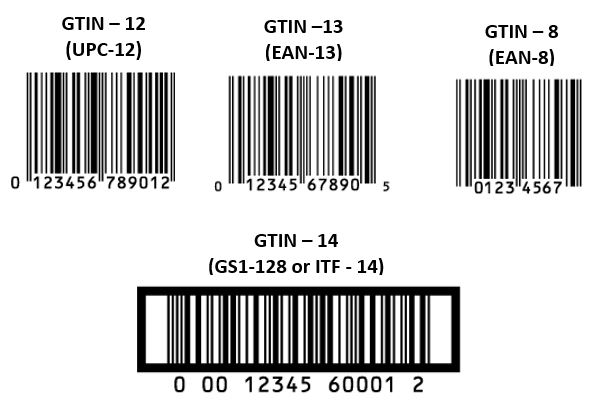7 Practical Tips to Optimize Your Product Feed
Any merchant or marketer wishing to advertise an online e-commerce shop knows how important it is to have the best possible product feed available. Why? Because an optimized feed increases the relevance of your products. And the more relevant the product is to a user’s search, the more likely it is that your ads will show. This will, of course, increase the chance of someone finding your products in their search and buying them.
How to optimize your product feed?
What is a product feed?
A product feed or data feed is a CSV, TXT, or XML spreadsheet file that lists, describes, and organizes your product catalog. The parameters by which a feed is being measured depending on the platform on which you would like to advertise.
A high-quality feed that is fully optimized to meet your clients’ searches can greatly affect your performance and drive more sales. However, just meeting the requirements of the different channels such as Google, Facebook, or Microsoft isn’t enough. You want to stand out from your competitors with high-quality, eye-catching product listings that engage your audience.
A high-quality product feed should contain all the information about the product, including all the relevant attributes like the product type, brand, color, or size. There’s no such thing as too much information about your products. All those details about the product increase the relevance of the ads. Conversely, providing less information makes it more difficult to match the ads with the search queries.
In this article, we would like to provide you with tips and valuable recommendations on how to best optimize your feed. Let’s map the most important attributes in your feed and how to improve them:
1. Optimize Product Titles
Titles should include the most important information regarding your products. The title should be unique for each item. Depending on the type of goods you’re selling, we recommend sticking to the following structure:
- Apparel: Brand + Gender + Product Type + Additional Attributes (color, size, material). For example: “Ann Taylor Women’s Pants, Red (Size 4).”
- Consumable: Brand + Product Type + Attributes (Weight, Count). For example: “Dole Whip Fruit Cups, 100ml.”
- Hard Goods: Brand + Product + Attributes (Size, Weight, Quantity). For example: “Ikea Chair Set, White, 4-piece.”
- Electronics: Brand + Attribute + Product Type. For example: “Samsung 88” Smart LED TV with 4K, 3D curved Screen.”
- Books: Title + Type + Format (Hardcover, eBook) + Author. For example: “The Golden Compass, YA Hardcover by Phillip Pullman.”
2. Optimize Product Descriptions
Descriptions should expand the details in the title and help you rank first when users search for your products. We recommend including the most common search terms in the description to enrich it.
Expand your reach by adding features such as delivery destination list, use cases, warranty details, etc. For example:
A. “Free delivery available in Melbourne, Sydney, and Adelaide”.
- “Works great as a TV for living room, TV for kids room, and TV for the man cave”.
3. Optimize Product Categories
It’s highly recommended to indicate the Google Product Category for each product. Placing the products in the most relevant category (2-3 levels deep) will help customers navigate to your products effortlessly and significantly affect relevancy when people search for category-related keywords rather than specific models.
A relevant and optimized product feed increases the chance of someone finding your products in their search and buying them.
4. Optimize Product Images
An image of your product is one of the first things your customers will see. Select the best possible picture. Make sure the image doesn’t have any watermarks, logos, text, borders, or dark or multicolored background.
Also, it shouldn’t display more than one product type per image. The product image should be clear, well-lit, with a solid very light-colored background, and of good quality without blurring or pixelation.

5. Optimize Stock Management
Though it might sound trivial, make sure you only advertise items that are in stock.
Some merchants tend to order the items only after the purchase was made to avoid unnecessary storage. Be careful with this kind of management because if things go wrong – for example, the delivery was delayed – you might damage your client’s experience. Ensure that you meet the delivery to which you have committed.

6. Optimize GTIN
Global Trade Item Number is a unique item identifier. Include the correct GTIN for your product, whenever available, to help Google classify your products and ensure your items are eligible. Submitting your items with a GTIN code can not only enrich your feed and increase your impression rate but also lead directly to an increase in conversions for merchants.
7. Optimize Item Group ID
In case you have many variants of products, using a common attribute can help with grouping those items together. This way, when someone searches for a product, it will also show the different groups such as colors, materials, patterns, etc. This works great in apparel, shoes, furniture, and cosmetics. When optimizing item group IDs, make sure you follow Google’s requirements, guidelines, and best practices for maximum results.
Bonus Tip
Advanced – Optimize Custom Labels
Custom labels allow you to differentiate between products with similar categories, effectively segmenting your catalog and prioritizing top-selling items. For example, you can create groups of products based on the expected profit margin
Advanced – Optimize Your Landing Page
We recommend you maintain the same messaging from the feed in your landing page as well. Consistency in title, description, pricing, and availability between your shopping ad and your landing page helps in building trust with the customers.
Wherever possible, have the landing page correlate directly to the variant shown in the ad. Differences can create a poor shopping experience and frustration, causing users to leave your page without buying anything.
Advanced – Use Third-Party Product Feed Tools
After improving the feed and enriching the data, you’ll want to submit the feed to the shopping platform. Then, make sure you’re addressing and fixing any feed errors. Maintaining the listing with up-to-date price and availability is crucial – customers will leave the site if they can’t find the price or availability they expect. Also, mismatches might cause disapprovals. Using feed submission automation via content API, FTP, or scheduled fetches can help.
Consider using automation tools to avoid all the repetitive work and save precious time. With Adcore’s Feeditor, you’re covered on all fronts. You are able to edit the different parameters of your feed as we recommend while it’s dynamically updating from the source. Scheduled feed submissions will ensure you’re always submitting the most recent and up-to-date version of your product listing to the shopping platforms.
Moreover, one of the best features in Feeditor is “Enrich Google Shopping Data”, which allows you to pull your shopping statistics and match them with product listings.
“Labels” allow you to know which items convert at the highest rate and which perform best. You can then divide them by price ranges to fully optimize your offer.
Give it a try and enjoy the dramatically improved performance of your shopping activity.
Trending Articles
Get exclusive CMO tips that I only share with email subscribers.
Related Articles


